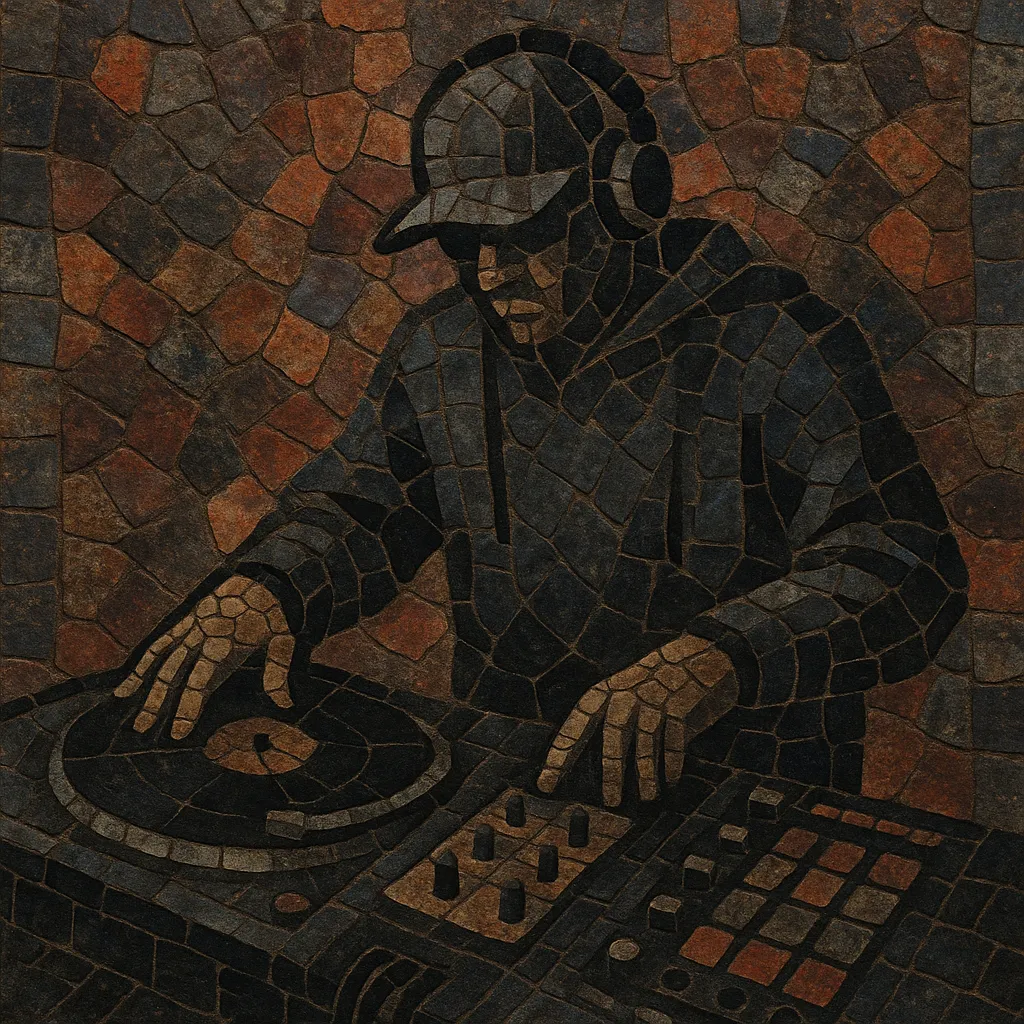
Battle record refers to a vinyl record specifically designed for DJ battles and turntablism practice. Instead of conventional songs, it contains curated scratch samples (like the classic “ahh” and “fresh”), vocal phrases, tones, drums, locked grooves, and skipless loops arranged to be easily grabbed and manipulated on turntables.
These records function as performance tools more than passive listening media. They are formatted to support techniques such as scratching, beat juggling, and tone play, giving competitors reliable material that stays consistent across multiple copies and pressings. Labels like Dirt Style Records helped standardize the format and aesthetics, making battle records a cornerstone of 1990s–2000s turntablist culture.
DJ battles emerged from hip hop party culture, where the DJ’s role evolved from playing breaks to performing as a virtuosic instrumentalist. Early tools included funk and disco breaks and influential compilation series (e.g., Ultimate Breaks & Beats), but the idea of a purpose-built “battle record” took shape in the early 1990s as turntablists demanded standardized, performance-ready content.
With the rise of DMC and ITF competitions, crews like Invisibl Skratch Piklz and the Beat Junkies popularized advanced techniques. Labels such as Dirt Style Records (spearheaded by DJ Qbert and peers) released seminal battle records packed with scratch sentences, locked tones, and skipless loops. These releases codified the vocabulary of modern scratching and beat juggling, offering reliable resources for practice and live routines.
As turntablism spread worldwide, battle records diversified: more precise pressings, genre-agnostic drum loops, and creative sample banks tailored to signature routines. Producers experimented with skipless formatting (repeating the same sound every platter rotation) and locked grooves for infinite tones and drums, enabling tighter, more repeatable performances.
Timecode systems and digital sample packs shifted much practice into the laptop age, but battle records remain prized for their tactile feel, reliability in competitions, and cultural cachet. Classic pressings are still used in battles and training, and new runs continue to appear for scratch DJs who value the musicality and discipline of vinyl-based performance.
Battle records helped formalize turntablism as an instrumental art, providing the raw materials that defined the aesthetics and techniques of competitive DJing. They bridged hip hop’s break culture with a modern, tool-driven approach to performance.
Treat a battle record as a performance toolkit, not a traditional album. Your goal is to supply repeatable, stable sounds that empower scratching, beat juggling, and tone play under competitive conditions.

